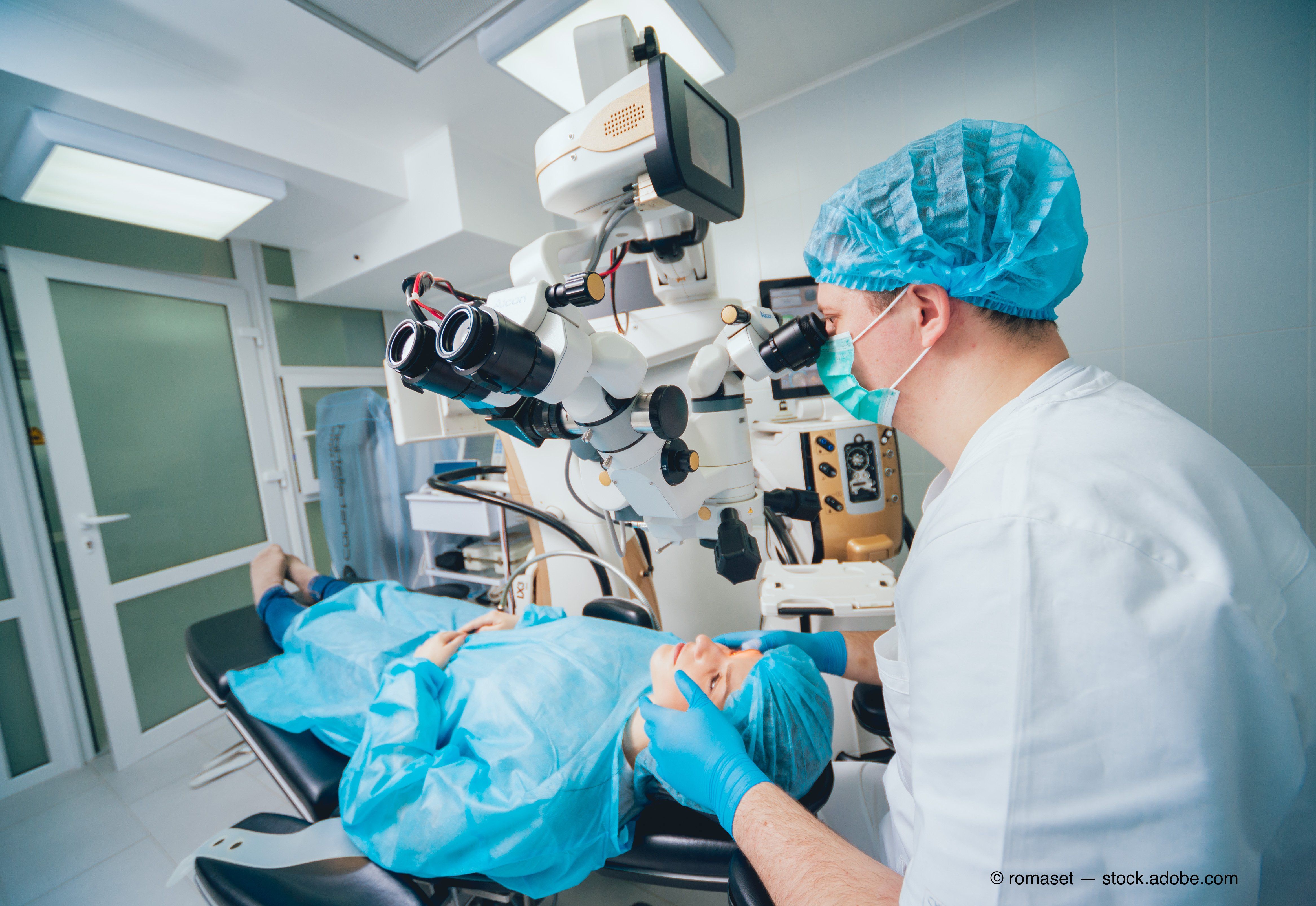Article
Heads-up technology brings ergonomics to cataract surgery
Author(s):

Study comparing groups of cataract patients operated on using a 3-D visualization system or with the surgeon looking through oculars found no between-group differences in mean operating time and rate of intraoperative complications.
This article was reviewed by Robert J. Weinstock, MD
The safety and efficiency of cataract surgery performed using a heads-up 3-D visualization system (NGENUITY 3D Visualization System, Alcon) seems similar to a traditional approach using a binocular microscope, according to Robert J. Weinstock, MD.
His conclusion was based on the findings of a retrospective study including 2,180 routine cases that found no statistically significant differences between the two techniques in operating time or rate of posterior capsular rupture and vitreous prolapse.
Related: 9 best practices in refractive-cataract surgery planning
“This is a first in kind study with a relatively large number of cases, but it has limitations that include its retrospective nature and single surgeon series,” said Dr. Weinstock, director of cataract and refractive surgery, Eye Institute of West Florida, Largo, FL. “Although it would be optimal to have a study that includes multiple surgeons who have different levels of experience, at least in my hands for the outcomes measured, there were no differences between the two techniques.”
Dr. Weinstock proposed that its use may result in clinically meaningful benefits.
“By eliminating the need to look through the oculars of the microscope, this technology allows for better posture,” he said. “Therefore, its implementation of the heads-up technology may overcome work related-disability and help surgeons perform better with less pain and fewer neck and back problems.”
Dr. Weinstock noted that it is possible that over time, studies may show that a more comfortable operating environment for the surgeon may translate into better outcomes for patients. With the heads-up system, the surgeon wears goggles and visualizes the surgical field on a 3-D OLED monitor.
Related: Achieving successful results with refractive cataract surgery
Study findings
For the retrospective study, Dr. Weinstock analyzed data from a consecutive series of cases he performed between August 2016 and July 2017. (During the study period, the heads-up system was available as TrueVision 3D Visualization, TrueVision Systems. It was subsequently acquired by Alcon and rebranded as NGENUITY).
Dr. Weinstock said he excluded patients with any preoperative clinical findings that would be expected to result in a complication or longer duration of surgery (e.g., history of trauma, iris synechiae, small pupil, pseudoexfoliation syndrome, phacodonesis, hypermature cataract). Patients receiving a toric IOL were excluded because of time needed for IOL positioning.
The heads-up visualization group included 1,573 eyes, and there were 617 eyes that had traditional cataract surgery during the one-year study period. Approximately 50% of cases in each group were femtosecond laser-assisted cataract surgery. There were no statistically significant differences between groups in either mean age of the patients or proportion of FLACS cases. Mean (± standard deviation) surgical time was 6.48 ± 1.15 min for the heads-up group and
6.52 ± 1.38 min for the group that had traditional surgery. Posterior capsular tear/vitreous prolapse occurred in 12 cases in the heads-up group and five cases in the traditional group (0.76% and 0.81%, respectively).
Related: Performance of trifocal toric IOL highlighted in tests
Improving technology
Dr. Weinstock said that he has been using the heads-up system for over five years, and that the technology improved over that time.
“Initially there was a slight delay between the time the image was picked up by the camera and seen on the monitor, but there is no longer any noticeable lag time,” he said. “Because of the higher resolution, higher magnification, and exaggerated depth of field, I find that the system has an advantage in cases that are more complex or if there is a complication.”
Related: Innovations focusing on improved patient experience
He noted there is a slight learning curve for becoming comfortable operating with the heads-up system.
“Because others in the room can watch the surgery in real-time, the heads-up system also has benefits for education and collaboration,” Dr. Weinstock said.
Read more cataract surgery content here
Robert J. Weinstock, MD
E: rjweinstock@yahoo.com
This article is based on a paper presented by Dr. Weinstock at the American Academy of Ophthalmology 2019 annual meeting. Dr. Weinstock is a consultant for Alcon.
Newsletter
Don’t miss out—get Ophthalmology Times updates on the latest clinical advancements and expert interviews, straight to your inbox.




